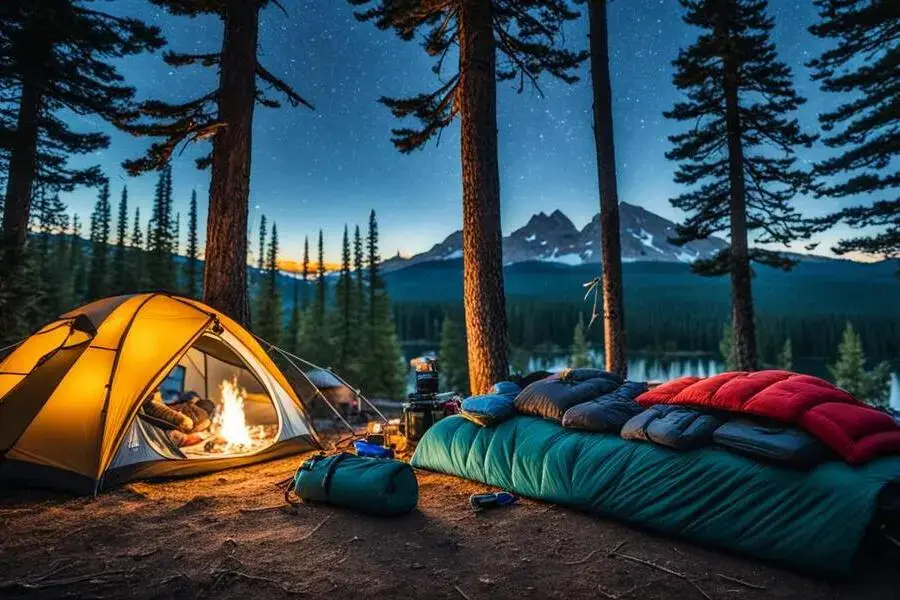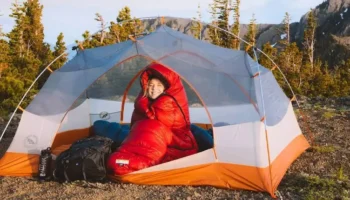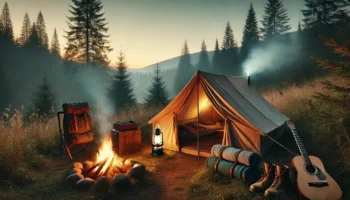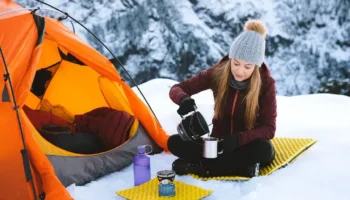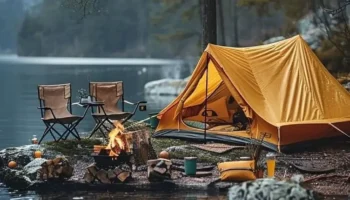Camping is one of the most rewarding ways to connect with nature, offering a chance to unwind, explore, and create lasting memories. However, the success of your camping trip often hinges on one crucial decision: where to set up camp. Choosing a safe camping spot is not just about comfort—it is about minimizing risks from environmental hazards, wildlife, and unpredictable weather conditions. Whether you are a seasoned camper or a beginner, understanding how to pick the right location is essential for ensuring a secure and enjoyable experience.
From avoiding flood-prone areas to recognizing the importance of proximity to resources like water and emergency access, selecting a campsite requires careful planning and attention to detail.
This guide will walk you through the key considerations for identifying a safe and suitable spot, so you can focus on making the most of your outdoor adventure. By the end, you will feel confident in your ability to choose a campsite that prioritizes safety without compromising the fun and freedom that camping offers.
Choosing a safe place for camping
Choosing a safe place for camping is crucial to ensure an enjoyable and risk-free outdoor experience. Here are some tips for a safe camping.
1. Check for legal permissions and regulations
- Campgrounds: Opt for designated camping areas or campgrounds, as they are typically maintained and regulated.
- Permits: Verify if a camping permit is required for the area.
2. Research the location
- Wildlife: Learn about local wildlife and potential hazards (e.g., bears, snakes, or insects).
- Weather conditions: Check weather forecasts for the duration of your trip.
- Terrain: Review maps and satellite images to understand the topography.
3. Proximity to resources
- Water sources: Choose a spot near clean, reliable water but maintain at least 200 feet distance to avoid contamination and disturbances to wildlife.
- Emergency access: Ensure you are not too far from a road or a way to reach emergency help if needed.
4. Avoid natural hazards
- Flood zones: Avoid valleys, riverbanks, or dry creek beds that could flood during heavy rains.
- Cliffs and rocks: Steer clear of areas prone to rockslides or avalanches.
- Dead trees: Avoid pitching your tent under dead or leaning trees, which could fall.
5. Choose a level and stable surface
- Flat ground: Find a flat, even surface for comfortable sleeping and to prevent water pooling in case of rain.
- Sheltered spot: Seek natural windbreaks like bushes or hills but avoid areas too enclosed, which could hinder ventilation.
6. Consider sun and shade
- Sunrise direction: Orient your tent for morning sun if you want an early start, or choose shade if you prefer cooler mornings.
- Tree cover: While some shade is good, avoid dense tree cover that could drip rain or drop branches.
7. Minimize environmental impact
- Leave no trace: Select an area that minimizes ecological disturbance. Use durable surfaces like gravel, sand, or established campsites.
- Fire safety: Choose spots with pre-existing fire rings, and check fire regulations for the area.
8. Security and privacy
- Visibility: Avoid isolated or overly exposed areas. Balance privacy with visibility for safety.
- Group size: If camping in a group, ensure the site accommodates everyone safely without overcrowding.
9. Inspect the site
- Look for signs of animal activity, insect nests, or unsafe conditions like poison ivy or loose rocks.
- Check for signs of previous campers to avoid areas already overused or littered.
10. Trust your instincts
- If something feels off about a location, trust your intuition and move to a different spot.
By considering these factors, you can maximize both safety and comfort during your camping adventure!
Choosing a safe place for camping is the cornerstone of a successful outdoor adventure. By thoroughly researching your destination, assessing potential hazards, and prioritizing comfort and security, you can create an experience that is both enjoyable and worry-free. Whether you are camping deep in the wilderness or at a well-maintained campground, taking the time to plan and evaluate your site ensures you are prepared for whatever nature may bring. With safety as your foundation, you can fully embrace the beauty, tranquility, and excitement that camping has to offer, making memories that will last a lifetime.

